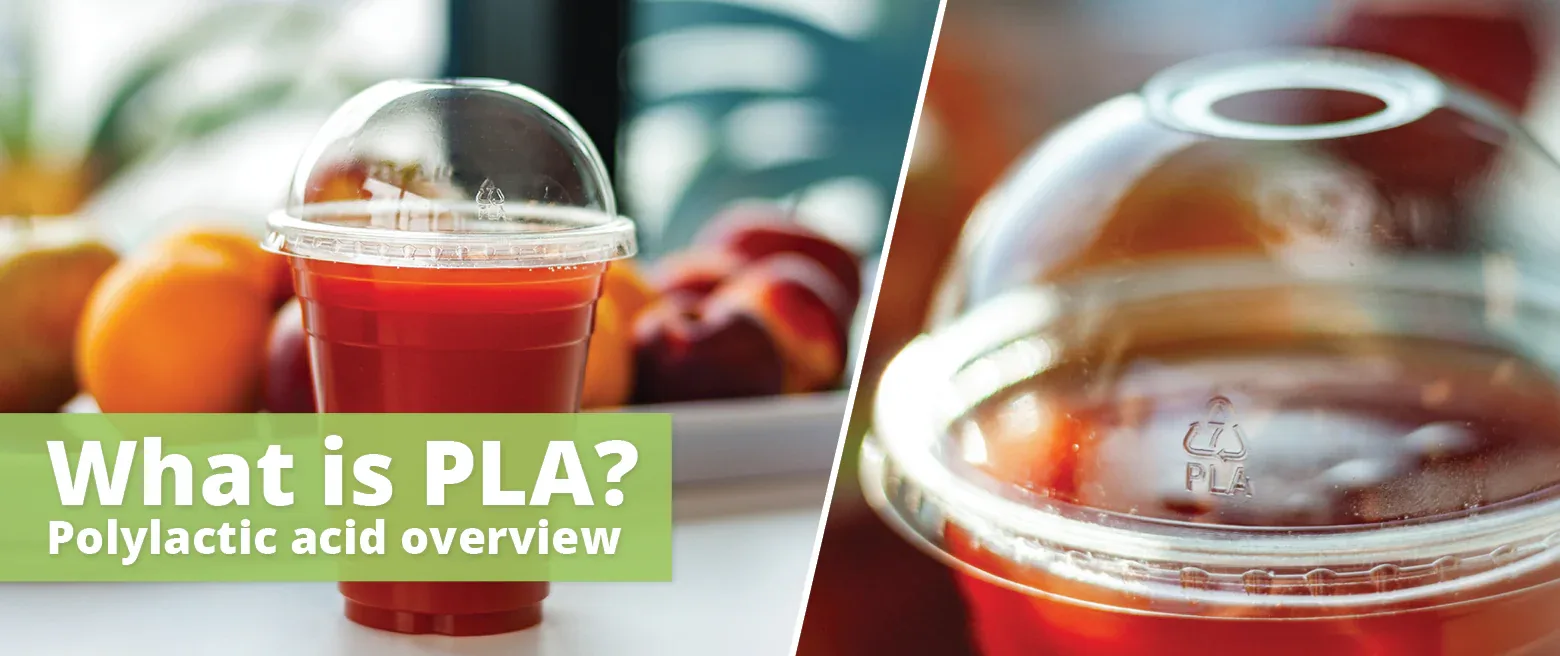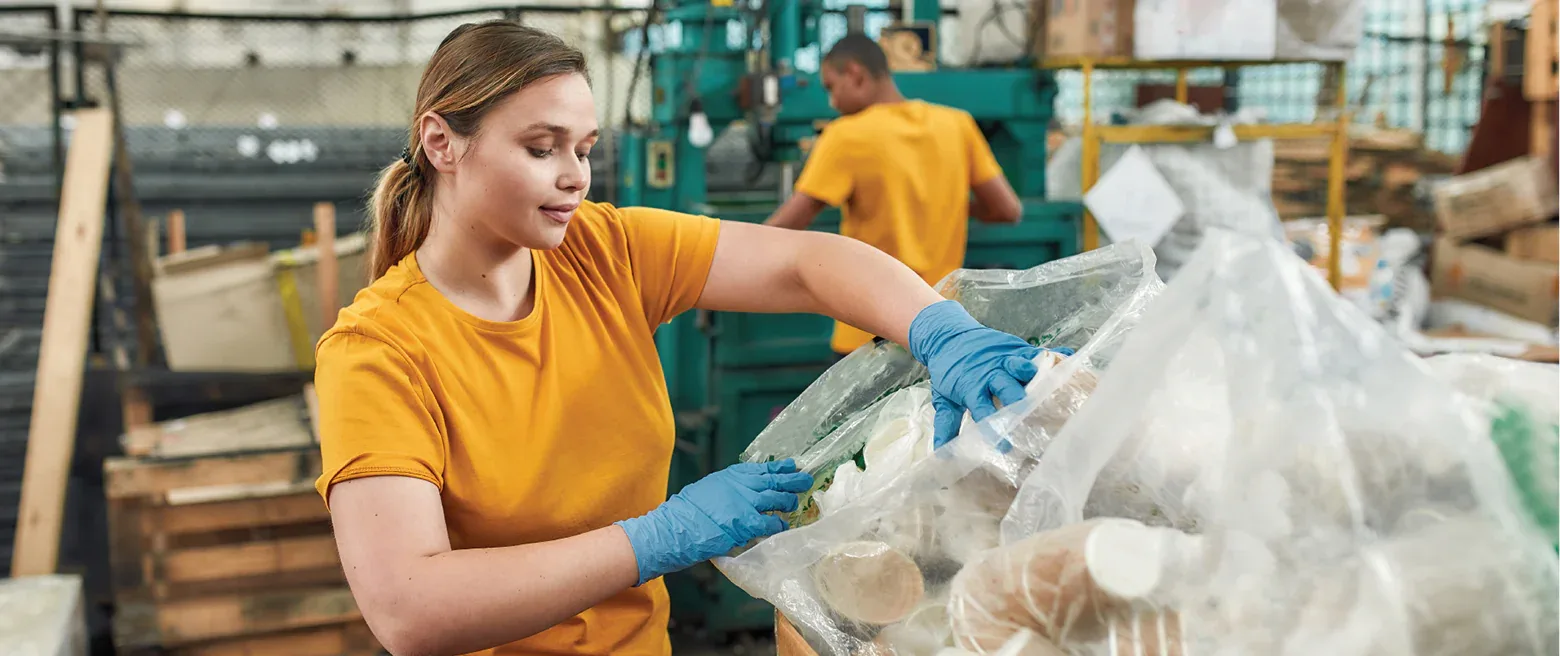What you need to know about PLA

Polylactic Acid (PLA) bioplastic is a material made from fermented starchy plants such as corn, sugarcane and cassava. This natural polymer is a renewable resource.
Green Choice offers a range of PLA packaging including lids, containers, and cups. It is often used as a lining on cardboard cups to stop liquid leaking out – instead of polyethylene.
As a thermoplastic, PLA turns to a liquid form when it reaches temperatures of 150-160 degrees Celsius. This means it can easily be molded into any shape, with very little waste.
Is PLA sustainable?
Using PLA eliminates the need to use non-renewable and unsustainable petroleum resources. Of course, the disposal of PLA-based products is important in maintaining the sustainable lifecycle of the material – and as more commercial waste-management plants become able to process PLA and separate PLA linings.
Are there multiple options for PLA?
Yes – crystalised PLA is another option in the PLA umbrella known as CPLA. Chalk is added to the PLA as a catalyst which creates a harder material that isn’t as susceptible to hot temperatures. We use crystalised PLA (CPLA) in our Green Choice coffee cup lids.
What is best practice for businesses using PLA products?
PLA has a low resistance to heat (around 60 degrees C) – so is unsuitable for very high temperature applications (such as reheating in a microwave).
It's important to keep PLA products out of intense sunlight areas of warehouses (in or out of the packaging cartons). PLA has a relatively low glass transition temperature (typically between 44 and 63 °C). This is the temperature at which the molecular bonding starts to “relax” – don’t panic… it’s not melting, just relaxing. If the temperature increases it will move to a melting phase. PLA’s melt temperature is between 157 - 170 °C. This varies dependent on the thickness of the material and if it is bonded on cardboard (like coffee cups).
Note that CPLA is used to make our coffee lids (CPLA is a harder and more brittle version of PLA). This has a higher melt temperature of 200 °C.
The most at-risk PLA products are clear cups, and clear lids as these are thin-walled PLA products. These are designed for serving cold drinks. However, they are at the most risk if stored in high-temperature environments. Even things like a hot car in the summer could cause parts to soften and deform
Do PLA products break down?
Yes! PLA is commercially compostable. However, many coffee cups and takeaway vessels that are only lined with PLA end up in landfills because very few waste-management companies have the infrastructure to separate the lining and the cup. In the future this is more likely to become common practice as eco-alternatives to plastic become the norm.
Mindful disposal
Currently the challenge in composting PLA commercially in New Zealand is that there are limited commercial composting facilities in the country.
Make the most of our Green Choice PLA products by disposing of them responsibly. Reduce waste and support the circular economy by learning the best disposal practices. Visit our Green Choice materials & disposal guide to ensure your takeaway packaging is handled correctly.

What certifications does Green Choice PLA have?
All Green Choice PLA products are commercially compostable.
Currently the challenge in composting PLA commercially in New Zealand is that there are limited commercial composting facilities in the country. We strongly urge you to contact your local council to find your nearest commercial composter.